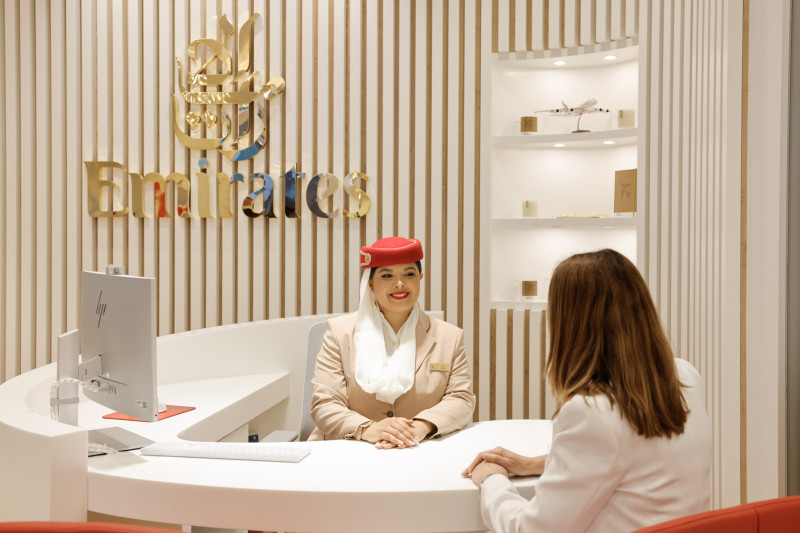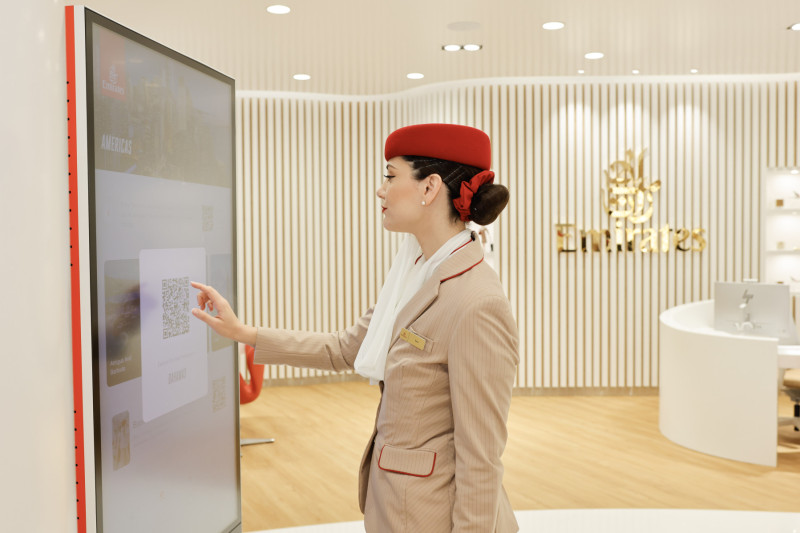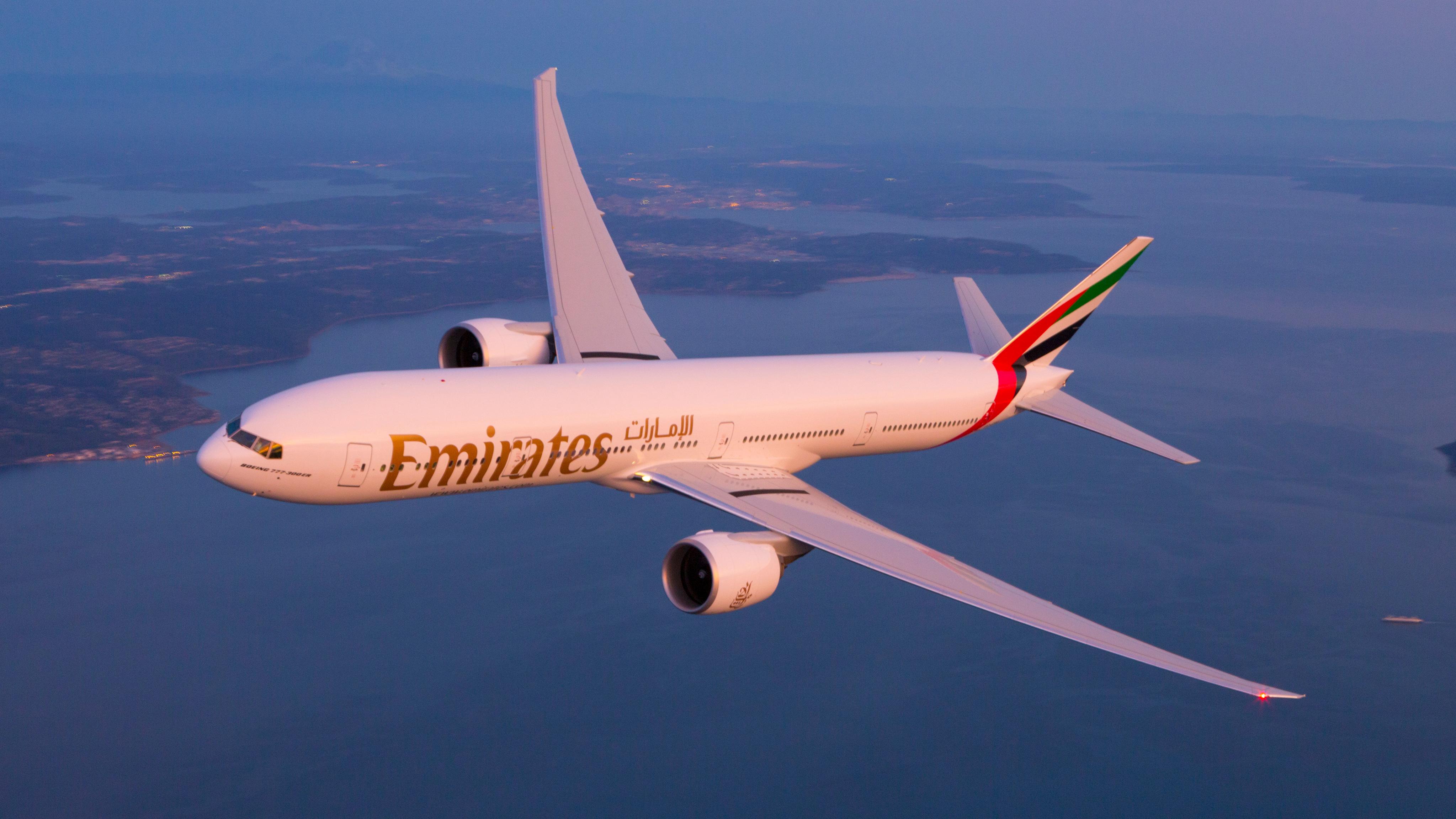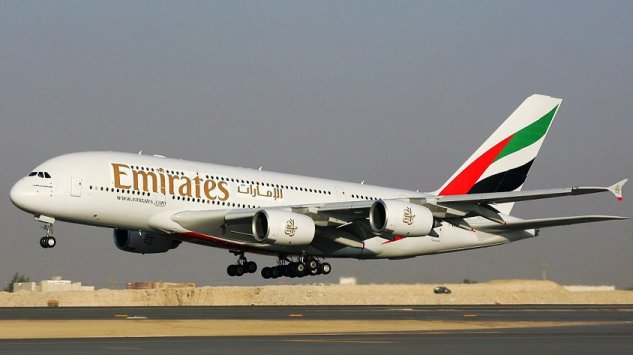Southeast Asia is edging closer to a tourism revolution that could make cross-border travel as effortless as in Europe’s Schengen Area. Thailand is at the forefront of a plan to introduce a single visa—“Six Countries, One Destination”—that would allow tourists to seamlessly visit Thailand, Singapore, Malaysia, Vietnam, Cambodia, and Laos with just one application.
The initiative, expected to launch as early as late 2025 or early 2026, is part of a broader ASEAN strategy to boost tourism, foster economic integration, and recover from the lingering impacts of the COVID-19 pandemic.
How Would the Single Visa Work?
Currently, travelers face a patchwork of visa requirements, with some countries offering visa-free or visa-on-arrival access and others requiring advance applications. The new system would unify entry procedures, allowing tourists to apply once for a visa granting access to all participating countries. This would reduce costs, paperwork, and waiting times, making the region far more attractive to visitors from key markets like the US, Europe, India, and China.
Why Now?
Tourism is vital to Southeast Asia’s economies, contributing over $90 billion annually and supporting millions of jobs. In 2023, the six countries together welcomed about 70 million foreign tourists, with Thailand and Malaysia accounting for more than half of arrivals and $48 billion in revenue. The unified visa aims to help the region surpass pre-pandemic tourism levels, encourage longer multi-country trips, and distribute tourism benefits more evenly—including to lesser-known destinations in Laos and Cambodia.
Who Is Involved?
While the core group includes Thailand, Singapore, Malaysia, Vietnam, Cambodia, and Laos, discussions are ongoing to possibly include Myanmar, the Philippines, and Indonesia in the future. Thailand has been actively coordinating with its neighbors, and Singapore’s participation is seen as crucial due to its role as a major air transit hub.
What Are the Benefits?
Tourists can move freely across borders, saving time and money.
Travel companies can offer integrated packages—such as Mekong River cruises and multi-country tours—spurring new business opportunities.
The region can market itself as a single, diverse destination, potentially increasing annual arrivals from 50 million to as many as 80 million by 2027.
Economic gains would be significant, with tourism already accounting for up to 12% of Thailand’s GDP and about 20% of its jobs.
What Challenges Remain?
Implementing the single visa is complex. Each country must align its immigration policies, security protocols, and border control procedures. There are also technical hurdles, such as developing a shared digital visa platform and upgrading border infrastructure. Revenue-sharing mechanisms and agreements on permitted stay durations are still under negotiation. Thailand, for example, is introducing a Digital Arrival Card to streamline processing and enhance security, while Vietnam is considering a “Golden Visa” for long-term stays.
What’s Next?
A joint working group of tourism and immigration officials from all participating countries is being formed to finalize the details. The rollout will likely begin with countries that are ready and expand as others join. If successful, the “Six Countries, One Destination” visa could serve as a model for other regions and solidify Southeast Asia’s status as a global tourism powerhouse.
In Summary:
The unified visa represents a bold step toward regional integration, promising to make Southeast Asia one of the world’s most accessible and attractive destinations. While significant policy and technical challenges remain, the economic and tourism potential is driving strong political will to turn this vision into reality.



.jpg)


-302cd4-large-1748788146 (2).jpg)



-302cd4-large-1748788146 (2).jpg)










-302cd4-large-1748788146 (2).jpg)
-b0b919-large-1748866534.jpeg)
-ba3235-large-1748866501.jpg)
-302cd4-large-1748788146%20(2).jpg)
.jpg)
.jpg)
.jpg)


.jpg)
.jpg)
.jpg)

.jpg)





























